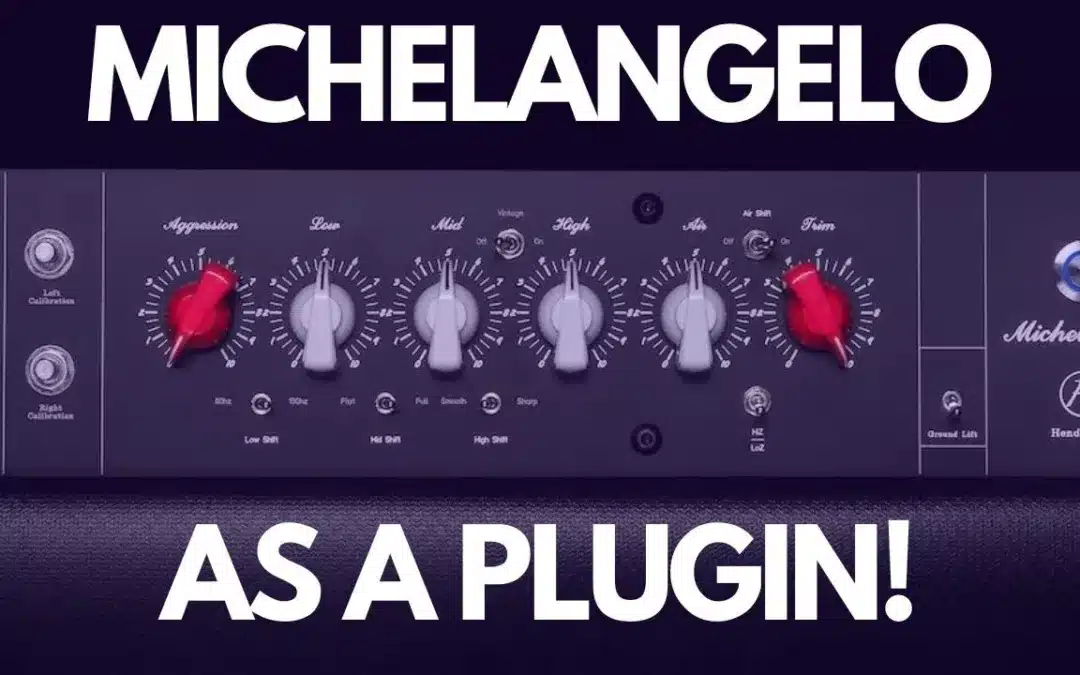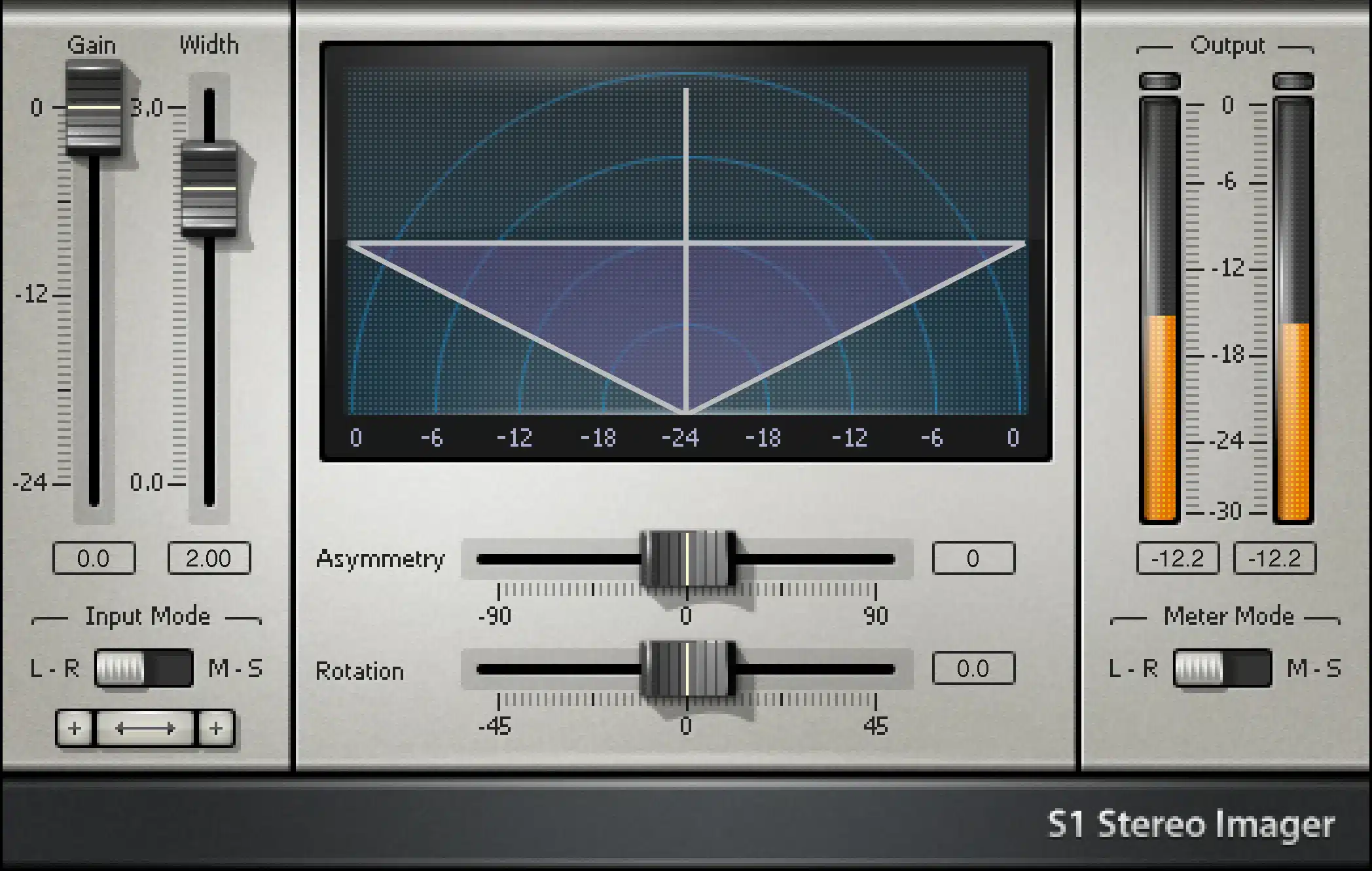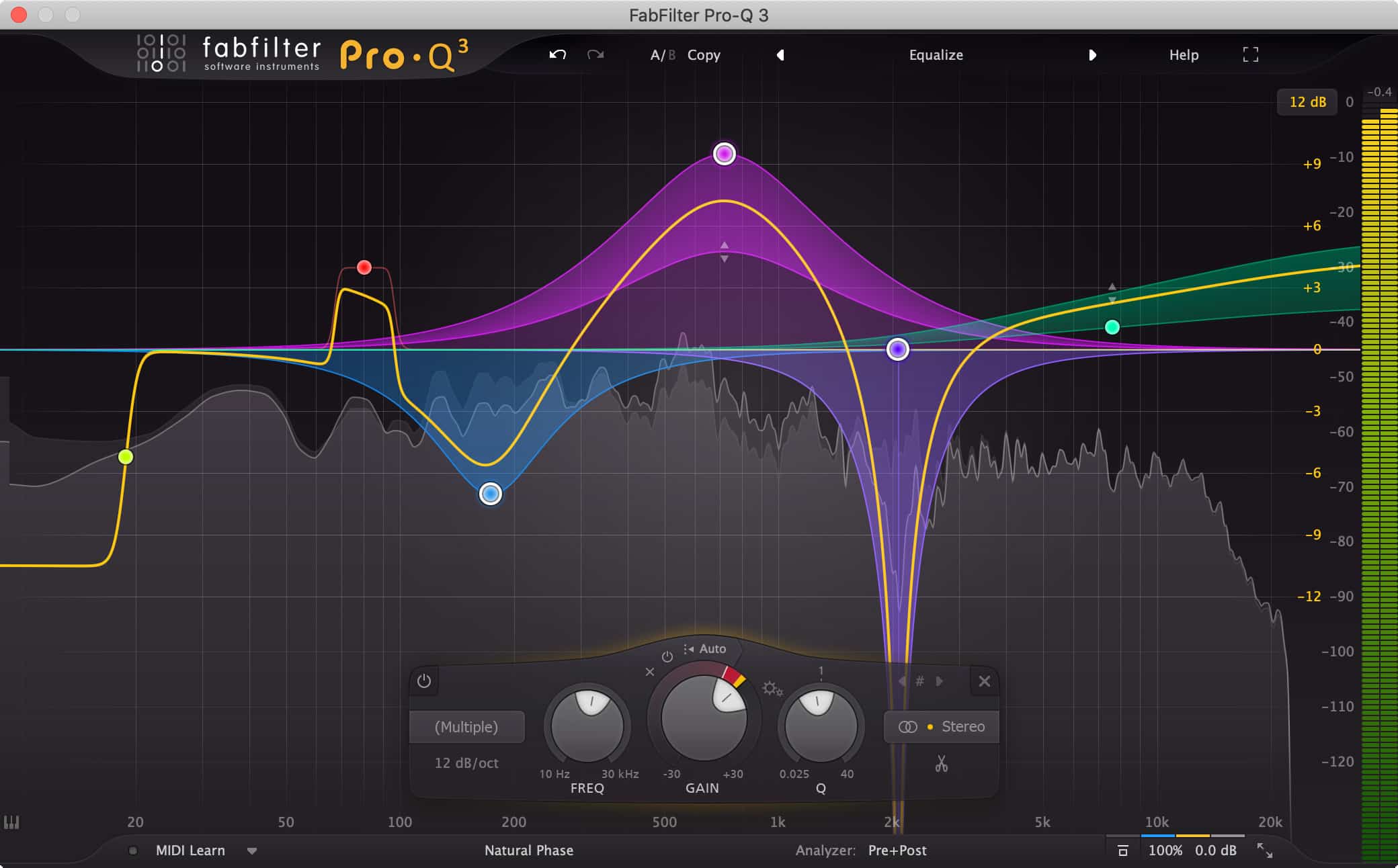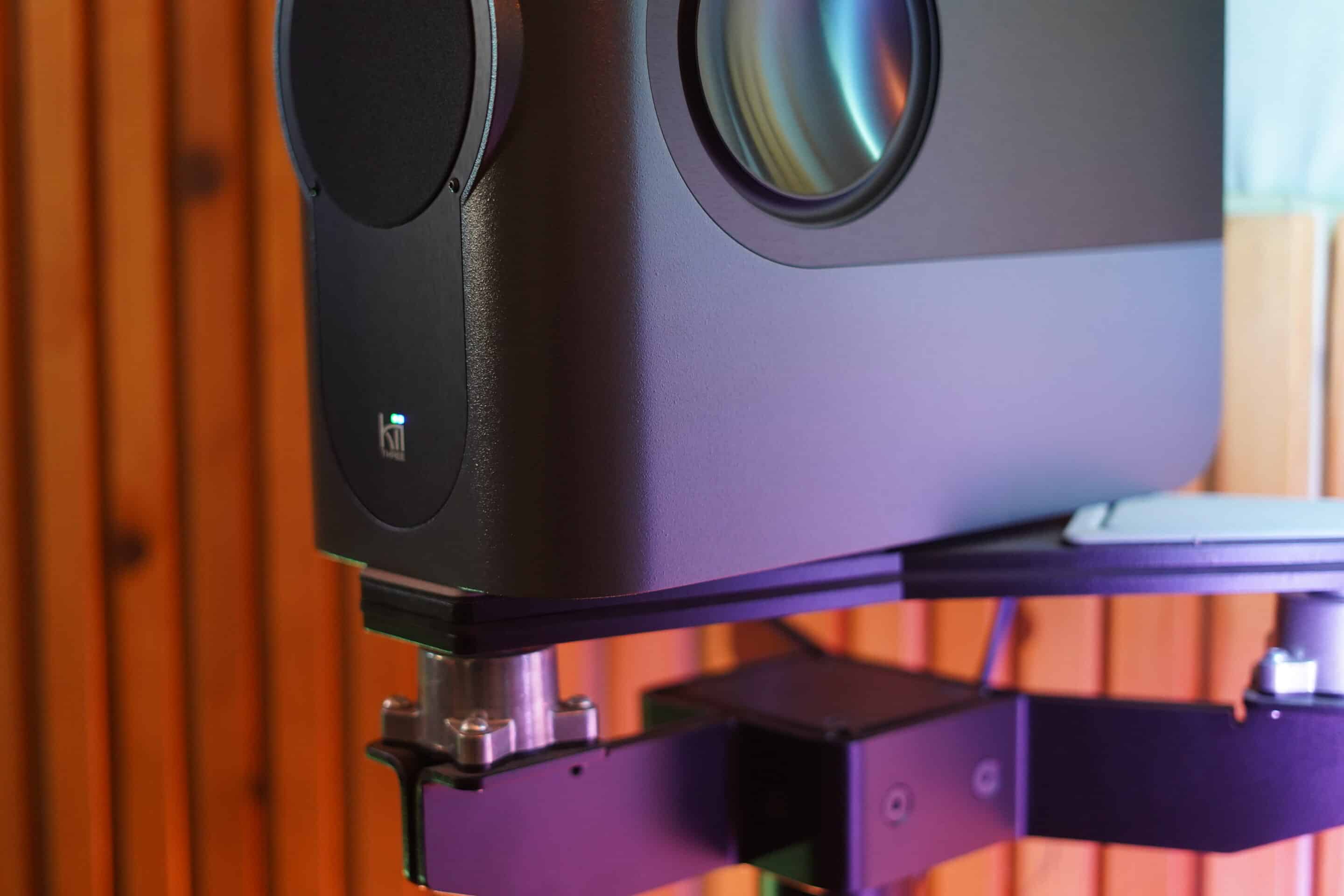The Michelangelo Mastering Plugin: A Masterpiece in Audio Engineering
In the realm of digital audio workstations (DAWs) and audio plugins, innovation is not just about adding more features; it’s about enhancing the creative process and the end result. The Michelangelo plugin, a boutique EQ saturation unit from Tone Projects, stands as a testament to this philosophy. This article, inspired by the analytical and detailed style of Sound on Sound’s review of PreSonus Studio One 6.5, delves into the intricacies and applications of the Michelangelo plugin, a tool that has garnered attention in the audio engineering community for its unique capabilities.
Design and Functionality: Crafting the Sound
At its core, the Tone Projects Michelangelo mastering plugin is an all-tube EQ saturation unit meticulously designed by Chris Henderson of Hendy Labs. Thanks to its versatile design, it’s a tool that finds its place both in mastering and individual sound processing. The plugin features six knobs, including aggression and trim for output, and four EQs with band interaction. This design allows for a broad range of tonal shaping, from subtle enhancements to aggressive tonal changes.
Saturation and Tone: The Art of Nuance
One of the standout features of Michelangelo is its saturation capability. The plugin includes a unique saturation feature that allows for the creation of distinct tones, setting it apart from conventional EQ units. The aggression control is particularly noteworthy for its ability to drive into tube amps, achieving a rich tube saturation that adds character and depth to the audio.
Dynamic EQ and Transient Control: Shaping the Audio Landscape
Michelangelo boasts a dynamic EQ with a threshold and range, allowing for precise manipulation of transients. This feature is complemented by a separate section known as the SE section, a tube compression section that interacts with transients, offering a level of nuanced and powerful control.
Spatial Effects and Flexibility: Beyond the Conventional
The plugin also addresses spatial effects with features like spread and cross talk, creating variation between the left and right channels. This capability is subtle yet effective, particularly useful in mastering where spatial characteristics are crucial. The flexibility in drive control allows users to clean up the low end or add more drive, catering to a wide range of mixing requirements.
User-Friendly Interface and Application: Accessible Innovation
Despite its advanced features, the Michelangelo plugin maintains a user-friendly interface, making it accessible to both novice and experienced users. Its suitability for various applications, from individual track processing to mastering, demonstrates its versatility. The high-quality sound rendering, low latency, and pristine audio output make it a valuable tool in professional audio production.
Conclusion: A New Era in Audio Engineering
As reviewed in my video below, the Michelangelo mastering plugin from Tone Projects represents a significant step forward in audio engineering. It’s a tool that enhances the creative process and elevates the end result, offering a level of control and quality that is both impressive and inspiring. Its combination of advanced features, user-friendly interface, and versatile applications make it a must-have tool for audio professionals and enthusiasts alike.
In conclusion, the Michelangelo mastering plugin is more than just a piece of software; it’s a masterpiece in audio engineering, blending innovation, quality, and creativity. Its introduction into the market clearly indicates the exciting direction in which digital audio technology is headed, promising a future where the boundaries of sound are continually expanded and redefined. Check out the full review in my video below.
If you’re looking for professional mixing or mastering services, visit mixandmastermysong.com. You’ll also find presets and courses tailored to enhance your music production journey. Stay tuned for more insights and discussions soon!








